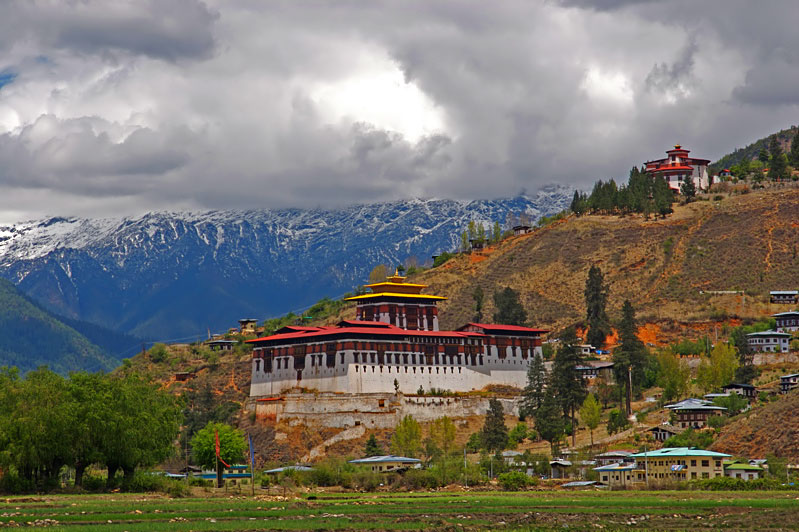Dosya:Cloud-hidden, whereabouts unknown (Paro, Bhutan).jpg
Cloud-hidden,_whereabouts_unknown_(Paro,_Bhutan).jpg (799 × 532 piksel, dosya boyutu: 122 KB, MIME türü: image/jpeg)
Dosya geçmişi
Dosyanın herhangi bir zamandaki hâli için ilgili tarih/saat kısmına tıklayın.
| Tarih/Saat | Küçük resim | Boyutlar | Kullanıcı | Yorum | |
|---|---|---|---|---|---|
| güncel | 20.54, 31 Temmuz 2008 |  | 799 × 532 (122 KB) | wikimediacommons>Flickr upload bot | Uploaded from http://flickr.com/photo/32856635@N00/2262929973 using Flickr upload bot |
Dosya kullanımı
Aşağıdaki sayfa bu dosyayı kullanmaktadır:
